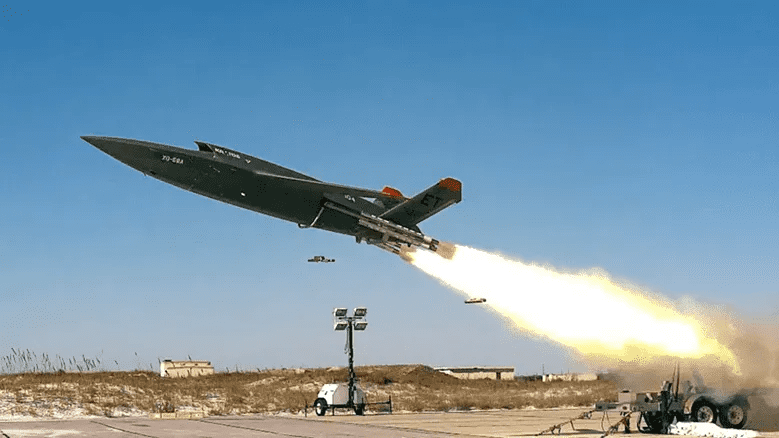On July 19, SpaceX, the space technology firm led by Elon Musk, launched 15 Starlink satellites to low-Earth orbit from the Vandenberg Space Force Base in California, using a Falcon 9 rocket. A well-studied phenomenon occurred during the launch where a hole might have been created in Earth’s ionosphere due to the rocket’s engine burning 200 to 300 km above the planet’s surface, explains space physicist Jeff Baumgardner. The ionosphere, a charged part of Earth’s atmosphere, is essential for communication and navigation as it aids the travel of radio and GPS signals. Changes in the ionosphere’s composition and density can disrupt these signals, highlighting the potential impact of such launches.
According to Spaceweather.com, the hole caused by SpaceX’s launch led to a quick recombination of the ionosphere, manifested as a red glow visible in the night sky. Rocket engines, like those on Falcon 9, spray water and carbon dioxide into the atmosphere, which reduces local ionisation by up to 70%, causing a series of complex reactions that result in the mentioned red light. This intriguing event was captured by photographer Jeremy Perez, who noted the glow expanded southward, crossing over the Milky Way, and remained visible for about 20 minutes after the launch. While these holes can temporarily impact low-frequency radio communication and cause GPS navigation glitches, the effects are often short-lived because reionisation begins again with sunrise.
Similar Post
Baumgardner, a senior research scientist from Boston University, confirmed to Spaceweather that it’s quite possible for SpaceX’s launch to have affected the ionosphere. His claim aligns with the increasing commonality of ionospheric holes, a side effect of record numbers of rockets being launched. Notably, this is not the first time that SpaceX’s activities have impacted the ionosphere. In 2017, a similar event was reported following a Falcon 9 launch, causing a hole in the ionosphere spanning 560 miles, which persisted for a couple of hours. According to SpaceX’s official website, Falcon 9 is the world’s first reusable rocket designed for reliable orbital-class transportation of people and cargo.
The Falcon 9 has already completed 240 launches and accomplished 198 landings, marking it as one of the workhorses of modern space travel. The high-speed Falcon 9 rocket left a distinct red glow over Flagstaff, Arizona, clearly indicating a disruption in the ionosphere. Baumgardner suggests that the second-stage engine of the Falcon 9 rocket was burned at an altitude of 286 km or 178 miles, leading to a likely hole in the ionosphere. A prior instance of SpaceX causing environmental impact was noted in 2017 when a Falcon 9 launched from Vandenberg Space Force Base created shockwaves and ruptured the ionosphere. This event occurred as the rocket, carrying a low payload, launched vertically into the atmosphere.
A similar event occurred with a Falcon 9 launch on June 19, 2022, highlighting the repetitive nature of these impacts. The ionosphere, a region filled with ions that spans between 50 to 400 miles above the surface, is where space begins. This region is critical for creating auroras during geomagnetic storms as the solar plasma interacts with the ions, producing breathtaking colors in the sky. As explained by NASA, the Earth’s ionosphere overlaps with the top of the atmosphere and the start of space. This boundary to space is inhabited by many earth-orbiting satellites, including the International Space Station. Even though the ionosphere disruptions caused by rocket launches are temporary, their rising frequency could affect our communication and navigation systems in the long run. It’s crucial to research these impacts and develop solutions. Still, despite these issues, SpaceX and other companies continue their ambitious space exploration efforts. This incident underlines the importance of balancing the demands of scientific progress with the preservation and understanding of our own planet’s natural systems.

















